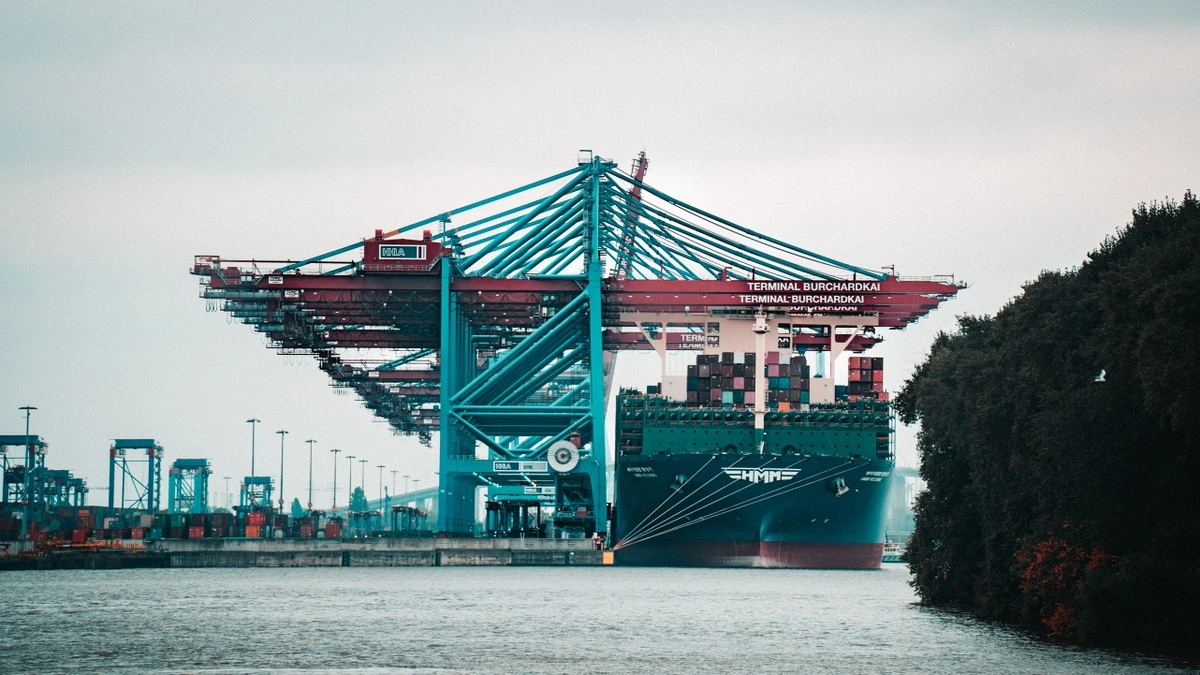
It’s no secret that supply chains are facing challenges these days. Couple with rising inflation pretty much everywhere and uncertainty in global markets, businesses are struggling in every country. According to a recent survey by the Business Continuity Institute (BCI), more than a quarter of businesses (27.8%) saw 10 or more supply chain disruptions due to Covid-19 and, more generally, around six out of 10 companies surveyed by the BCI said that supply chain problems had a financial impact on their business.
Unlike most large corporations that enjoy the benefits of solid financial resources, sturdy processes and internally maintained supply chains, small and medium businesses are particularly vulnerable to disruptions in global trade. SMBs simply tend to have less cash and the human resources needed to manage supply chain inefficiencies. These disruptions come on the heels of the difficulties experienced by SMBs during the height of the pandemic, when many companies experienced falling orders, delayed shipments and increased costs. Weak demand, increased costs, poor supplier performance and shipping delays have led to many SMBs taking on additional debt.
These difficulties experienced by SMBs form part of a negative feedback loop that many of them are finding increasingly difficult to escape. As more and more businesses along the chain experience difficulties in financing their ongoing activity, they are forced to pass on buck and delay payments to suppliers. According to research by PrimeRevenue, 49% of suppliers cite later payments as their most pressing payment challenges. The top question occupying these executives is ‘when can I expect the cash to hit my account?’ In turn, this causes these suppliers to delay payments as well, stretching supply chain financing once again. The slower payments flow, the more businesses face existential risk, increasing the volatility of the system.
To prepare for potential failures of crucial links in their supply chains, SMBs need to ditch behind the linear supply chain model. It’s now vital to refocus on multi-node supply networks with built-in redundancies. To achieve this, companies will need to identify, assess, vet and onboard an entire new ecosystem of additional suppliers. Such moves necessarily come with an increased cost, which many struggling businesses will be reluctant to take on right now. Nevertheless, it may be a needed and beneficial expense in order to avoid critical and unexpected disruptions to supply relationships.
In this climate, the last thing companies need is additional uncertainty in cross-border payments. Any delay beyond what is strictly necessary can jeopardize the viability of their most important business relationships, further aggravating the risks they face. The faster suppliers get paid, the more liquidity they have to keep goods moving, and the more funds they have to keep their own suppliers above water.
While it’s in the best interest of all involved parties that payments flow smoothly, many companies lack the needed infrastructure to ensure that this is indeed the case. For these companies, now is the right time to bring their processes up to speed and implement both off-the-shelf technological solutions and dedicated services to make sure of streamlined operations.
Modern Accounts Payable / Accounts Receivable systems can go a long way to help identify the weak links in any supply chain, but the implementation of additional analytics solutions can help further strengthen vulnerable connections. Data analytics can be used to provide procurement departments with a complete picture of their supply chains, improving cost efficiencies. They can help businesses catalogue their suppliers based on value and volume of transactions, as well as the industry, locations and importance of the supplier. This can help identify both areas where savings can be made thanks to early payments, and the weaker points of supply chains that need to be strengthened.
Critical parts of these processes can be found in the payments and banking infrastructure itself. Sadly, these are often neglected until it is too late. But in an uncertain global financial market it is never too early to build redundancies into your payment flows and prepare contingencies in case one of your financial providers is unable to fulfil your existing or new payment needs. As companies face the risk of suppliers going out of business and new ones taking their places, often in unfamiliar jurisdictions, it is better to acquaint your banking and payments services providers well in advance with upcoming changes to payment flows. Even better is working with flexible and adaptable payments services providers that can help you navigate an uncertain global financial climate with minimal disruption.
